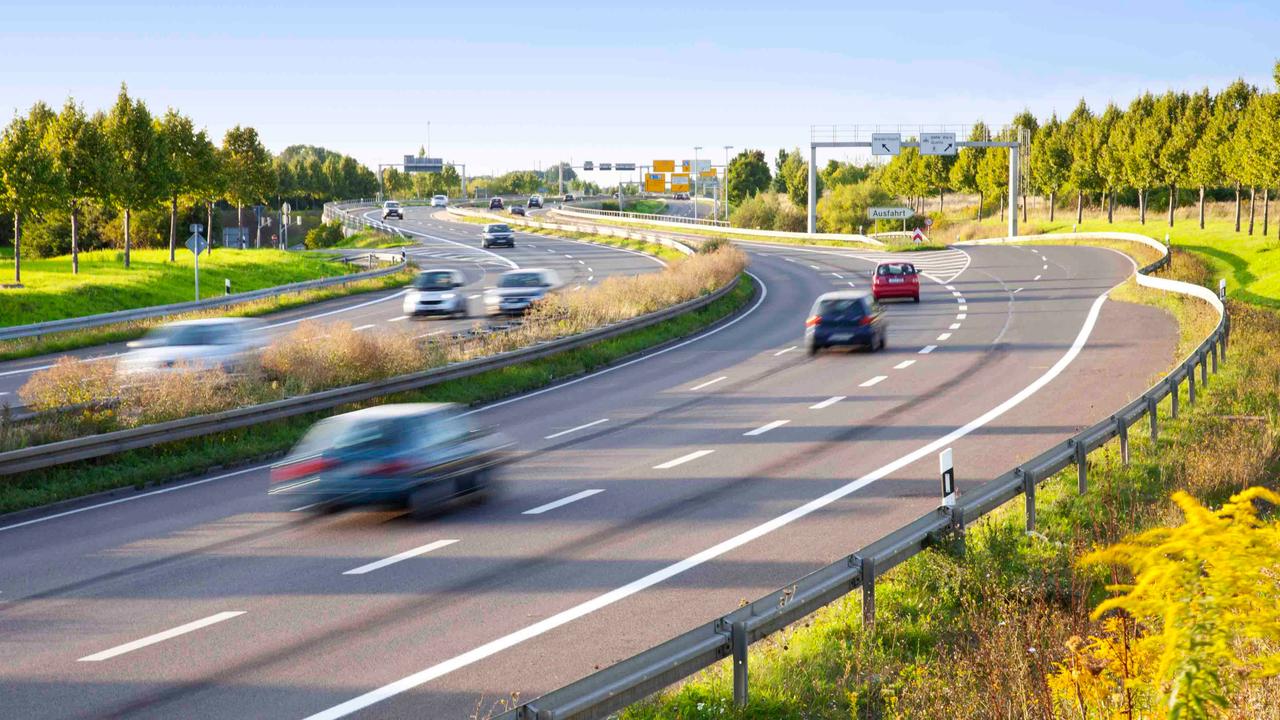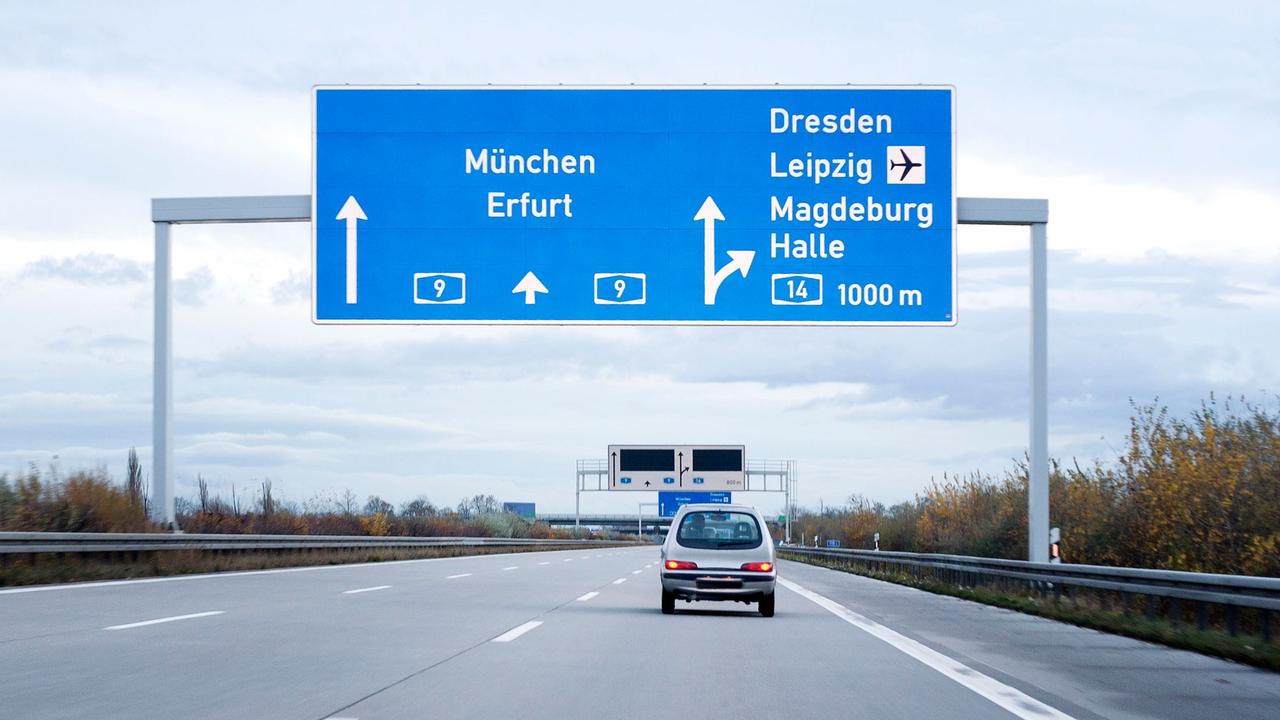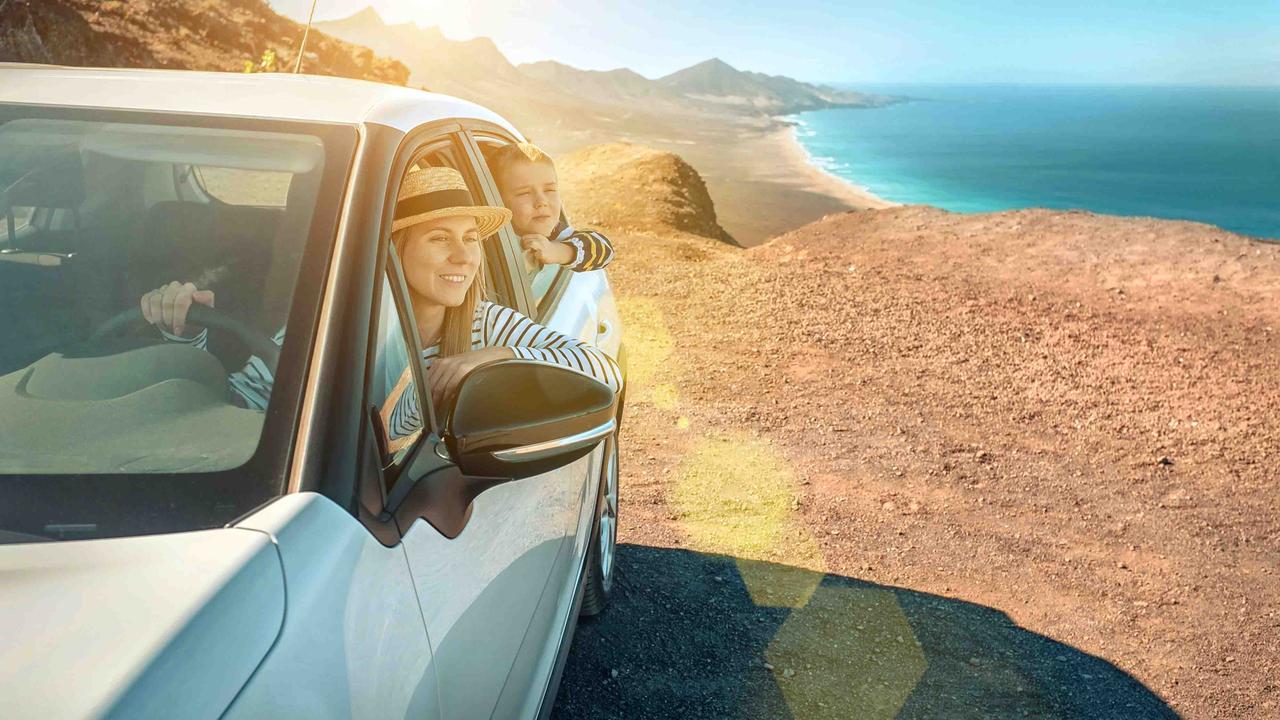Europe’s beauty spots and smooth roads are easily accessible from the UK.
Exploring the continent by car means you can bring along as much luggage as you can carry. Whether you’re hiring a car or taking your own car abroad, driving in Europe is often the best way to see the sights and to go wherever you want.
It’s not quite as simple as just rocking up in a European port, though – there are regulations to stay on the right side of, and items you need to take with you to comply with European laws. Our guide makes it easy to work out what you need.
- Driving in Europe from the UK
- Requirements
- Driving in Europe after Brexit
- Do you need an International Driving Permit (IDP)?
- Driving rules in Europe
- European road signs
- Driving a British car in Europe
- European car insurance
- European car hire
Driving in Europe from the UK
As we’re sort of disconnected from mainland Europe – both physically and politically – you’ll need to plan how you’re getting to Europe from the UK. if you’re driving your own car across, you’ll either need to take the Eurotunnel from Folkestone to Calais, or take a ferry.
From the UK, you can catch a ferry to Ireland, France, Spain and the Netherlands.
Driving in Europe requirements

Remember to take your passport, your driving licence (making sure both are in date!), your car’s V5C logbook and proof of insurance that covers you across Europe.
While not legal requirements, you shouldn’t drive to Europe without travel insurance or European breakdown cover.
Make sure to include a hi-vis vest for everyone in the car, plus a warning triangle and stick a UK sticker somewhere prominent if it’s not on your numberplate already (do so anyway if visiting Spain, Cyprus or Malta). Some European countries insist on you having an in-car first aid kit, although a breathalyser kit is no longer required for driving in France.
Read our full European must-haves checklist for more info.
Driving in Europe after Brexit
While Brexit might’ve made importing and exporting goods trickier, you shouldn’t have much trouble driving in Europe as long as you’ve got the right documentation. One thing to remember is that ferry ports might have different queues at passport control for EU citizens and non EU citizens, so make sure to pick the correct lane. Also, remember that GB stickers are no longer valid – you have to have a UK sticker instead.
Do I need an International Driving Permit (IDP)?

If you have a UK photocard driving licence, it’s unlikely that you’ll need an International Driving Permit to drive in Europe. The exceptions are for driving in:
- Albania
- Andorra
- Armenia
- Azerbaijan
- Belarus
- Bosnia and Herzegovina
- Moldova
- Monaco
- Montenegro
- North Macedonia
- Russia
- San Marino
- Serbia
- Ukraine
Many European countries require an IDP if you only have the paper part of your driving licence, or if your licence was issued in Gibraltar, Guernsey, Jersey or the Isle of Man. There are a couple of countries where you’ll need an IDP if you’re staying for at least 30 or 90 days. An IDP can be obtained in shops with the yellow PayPoint sign, costs £5.50 and lasts for either 1 or 3 years.
Driving rules in Europe
Stick to the same rules as you do in the UK and you shouldn’t go far wrong. It’s illegal to use your phone while driving in Europe, and stick within the speed limits to avoid being prosecuted.
European drink driving rules are stricter than in England and Wales. Our limit is 80 milligrams of alcohol per 100 millilitres of blood, but it’s 50 milligrams of alcohol in most Euro countries. Get caught in Germany or Spain and you can expect a minimum fine of €500, while the fine in Ireland is a minimum of €200 but you also get a three-month driving ban.
You must wear your seatbelt in Europe or risk a fine, while France, Spain and the Netherlands give out fines to drivers using speed camera detectors and camera signal jammers.
If your car needs headlight converters, make sure they’re on at all times when you’re driving on the other side of the road. Take them off when you get back to the UK.
Don’t believe the myth that speeding tickets and driving fines don’t follow you home – you might be in for a nasty surprise if you do break driving laws in Europe.
Driving signs in Europe

Generally, driving signs in Europe are similar to the ones we have in the UK.
Major roads are signposted with either green or blue signs. Some countries, such as Croatia, Norway and Slovenia, also use yellow signs. Local destinations are marked with white signs, like in the UK, while tourist attractions are almost always shown on brown signs. Diversion routes are marked with yellow, orange or red temporary signs.
The vast majority of warning signs – such as those in red triangles or red circles – are close enough to the UK’s to be instantly recognisable.
In some countries, you might see a depiction of a horn on a sign – this means no honking in that area. Not even you, Goose.
Driving a British car in Europe

Driving your own car in Europe means you’re at the wheel of something you’re familiar with, so you’re not having to learn a new car and drive on the ‘wrong’ side of the road.
Remember that roundabouts in European countries are anticlockwise, meaning give way to traffic coming from your left.
Some junctions might be difficult due to unexpected blind spots, as the junctions will be set up for left-hand-drive traffic and your blind spots will be different to a left-hand-drive car.
Overtaking on a two-lane road is very difficult, because you're on the wrong side of the car to see if there’s anything coming on the other side of the road. It could be best to wait until you get to a dual carriageway or motorway to overtake – and remember to do so on the left!
Toll booths, drive-thrus and ticketed parking areas are all set up for left-hand-drive cars, so you’ll have to do the awkward reach across if you don’t have a front-seat passenger.
Right-hand drive countries in Europe
- UK – including Isle of Man, Guernsey & Jersey
- Ireland
- Cyprus
- Malta
Car insurance for driving in Europe
Ensure that your existing insurance policy covers driving in Europe. If it doesn’t, you’ll need to tack on European cover from your insurance provider, or take out a separate policy that covers you for at least the days you’re abroad.
Most insurance policies don’t cover you for driving on racetracks, often with a specific mention for the Nurburgring in Germany – a popular pilgrimage spot for driving enthusiasts throughout Europe.
Hiring a car in Europe

You may need an International Driving Permit when hiring a car in Europe. Check before you travel if possible, or buy one anyway to be on the safe side.
Consider getting car hire excess insurance to claim back the money charged to you for any damages – but make sure you do it before you go, as it’ll be much cheaper than at the hire car desk!
If you’re travelling with young children, it’s best to take your own child seats with you for the hire car. You could get unlucky and find the hire car office doesn’t have any child seats left, or they’re not the right size. And you don’t fully know its condition and how clean it is. Whatever is available is likely to be very expensive.



































